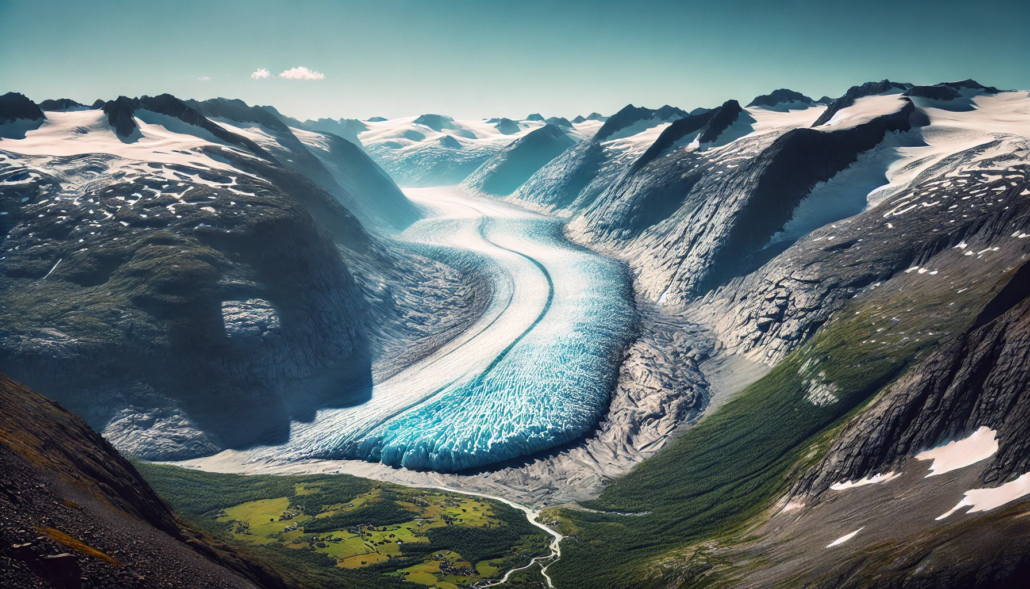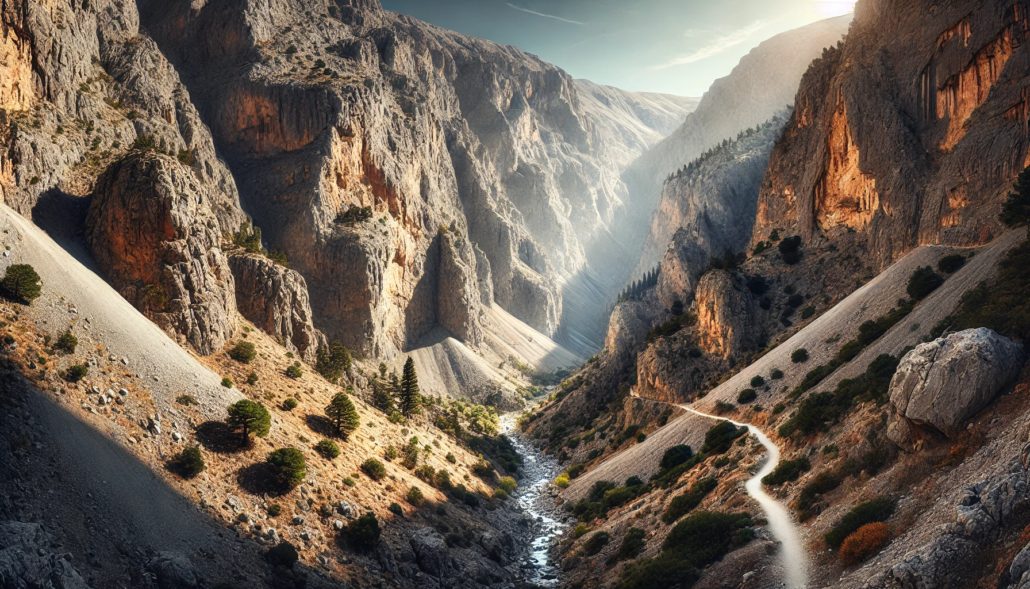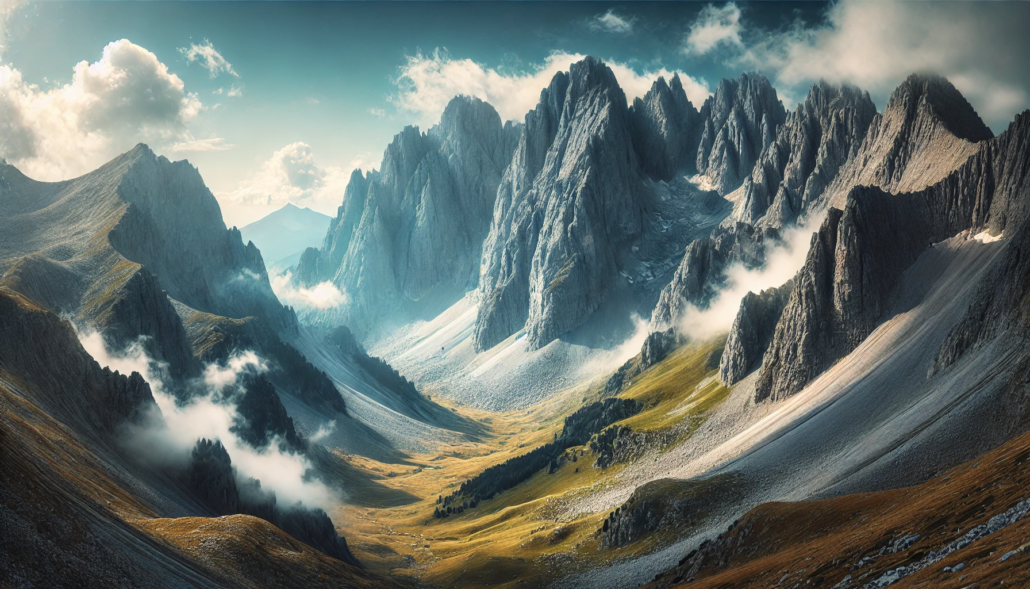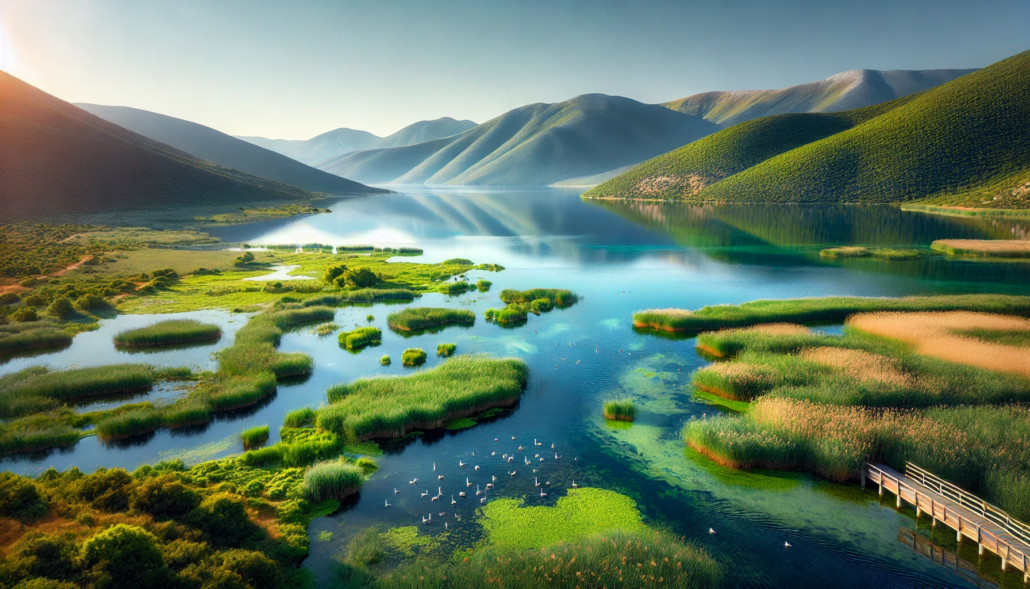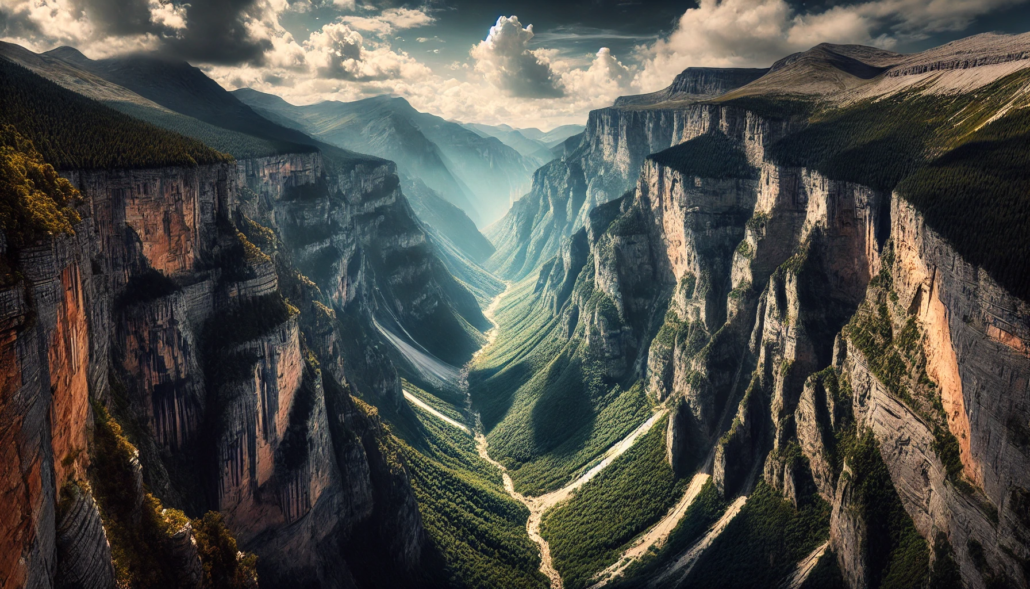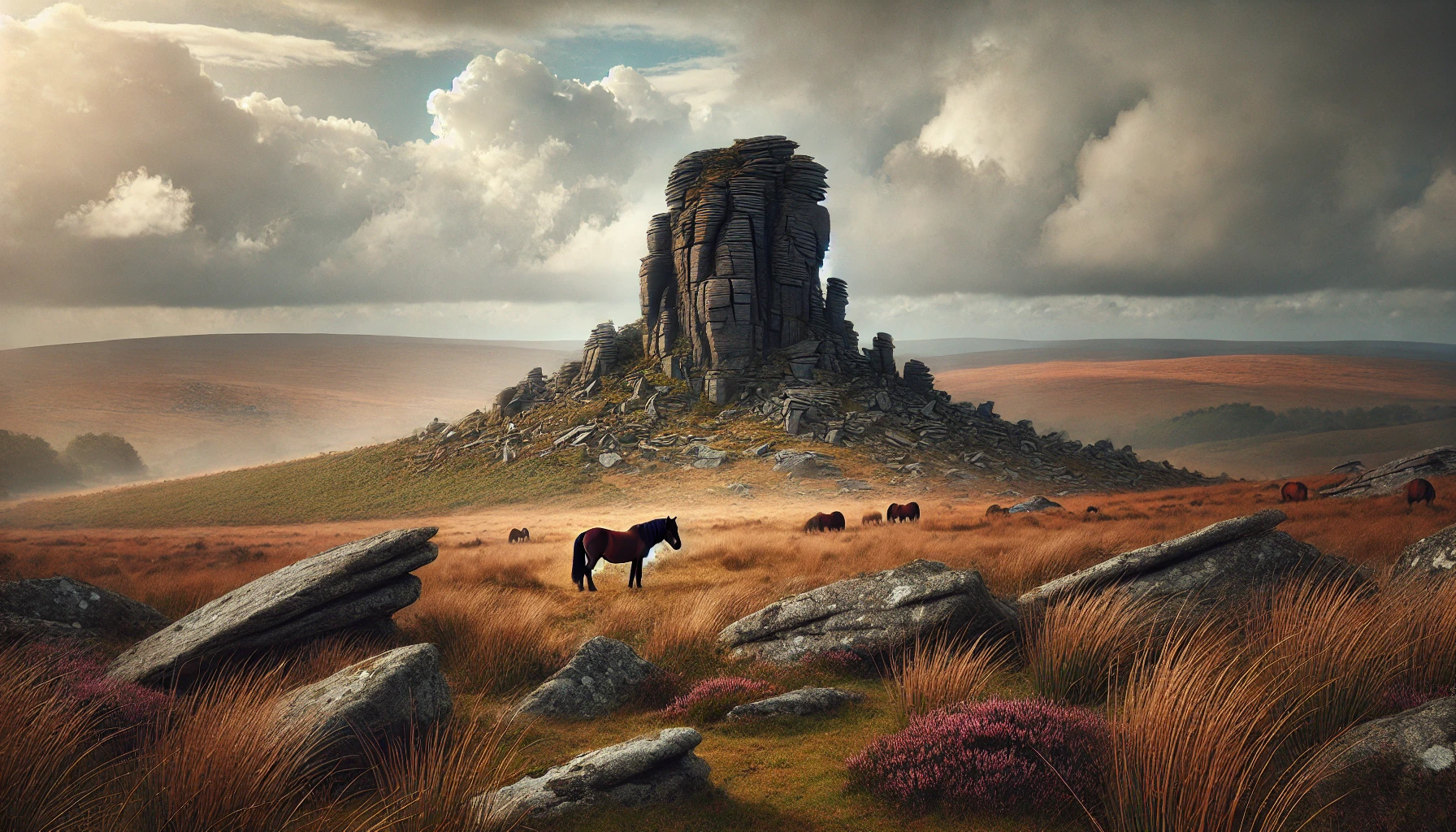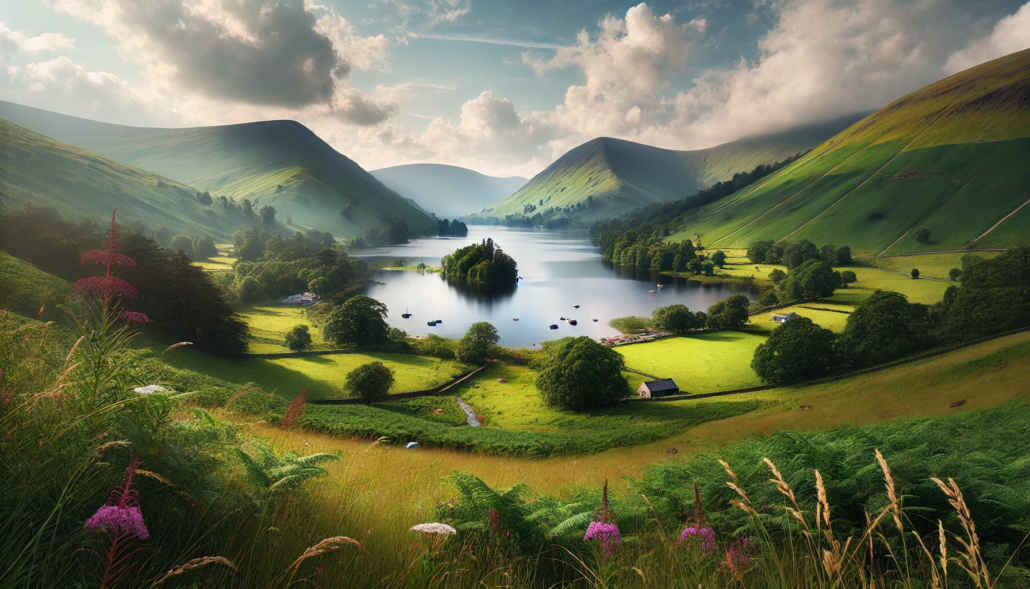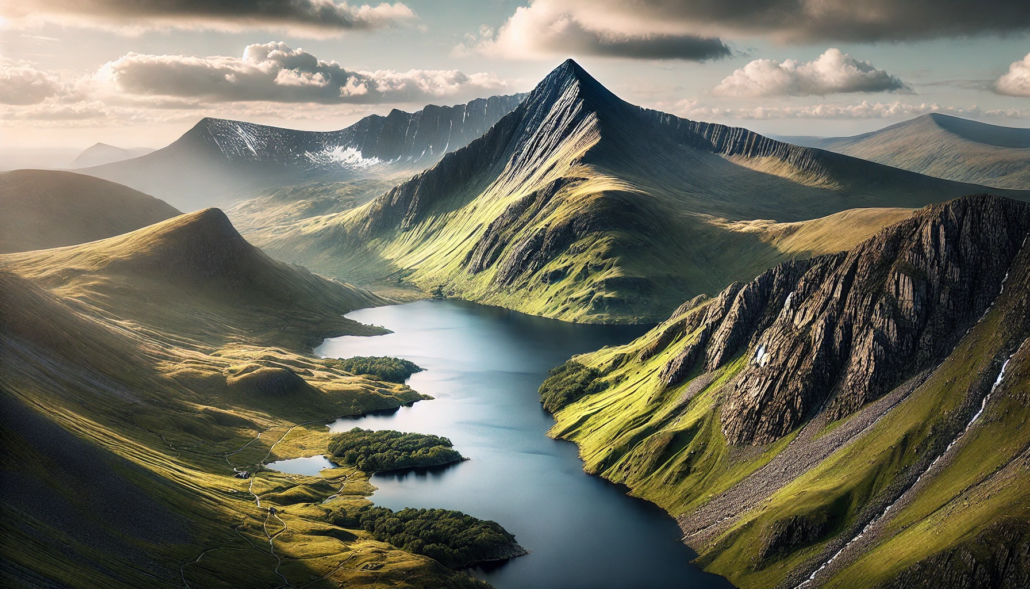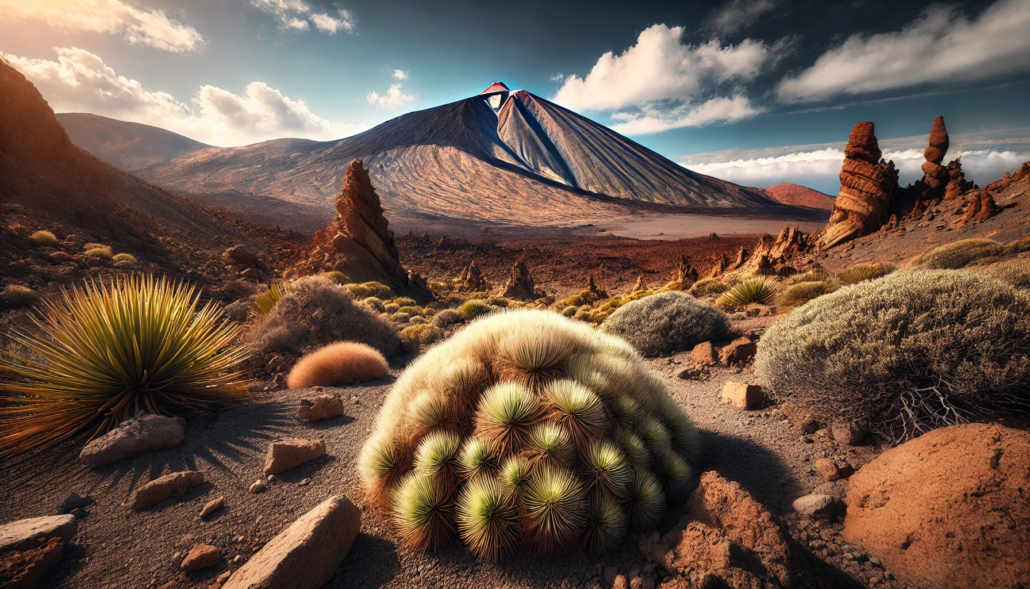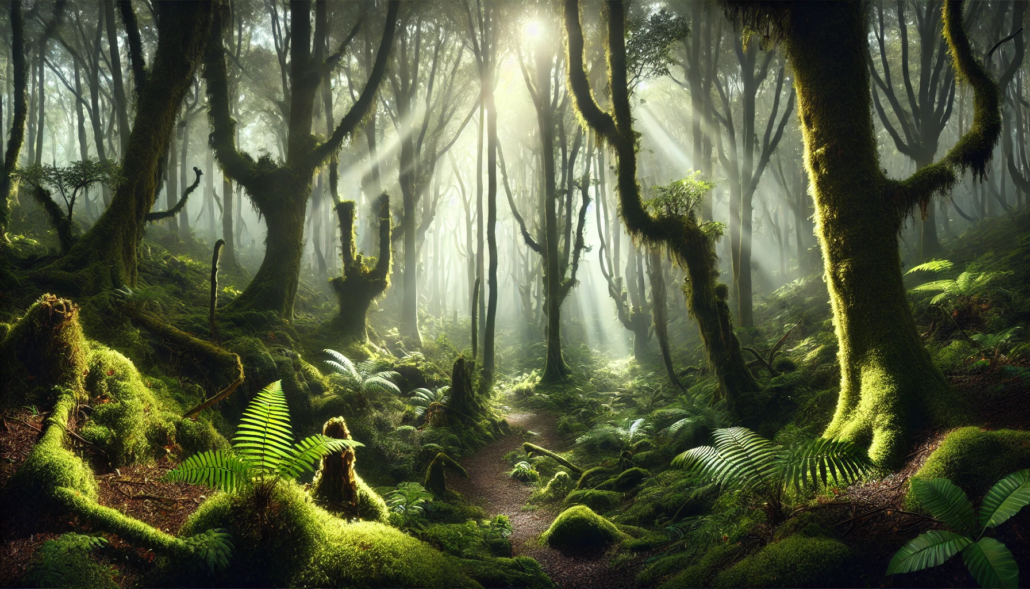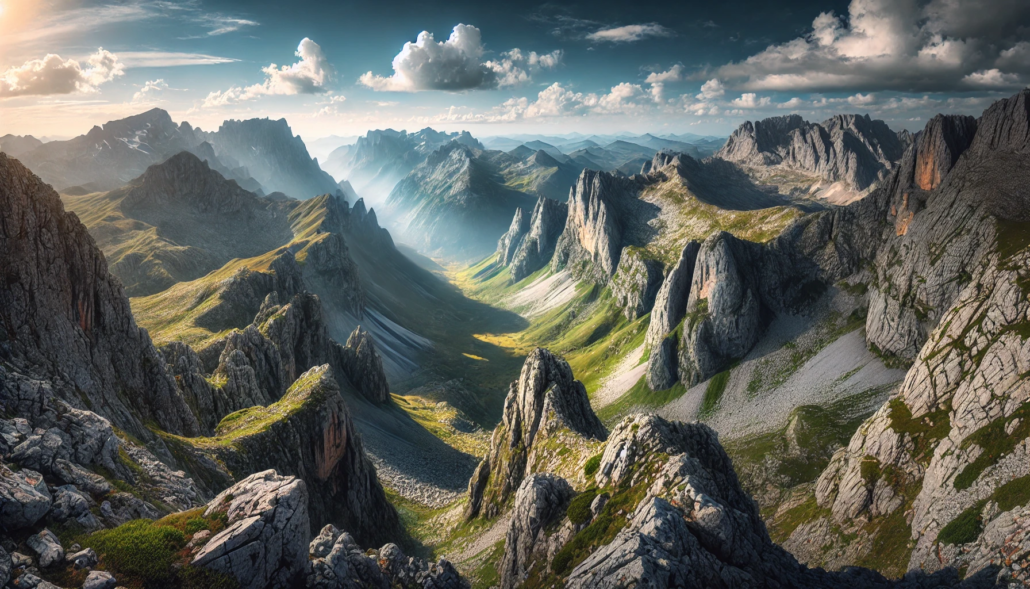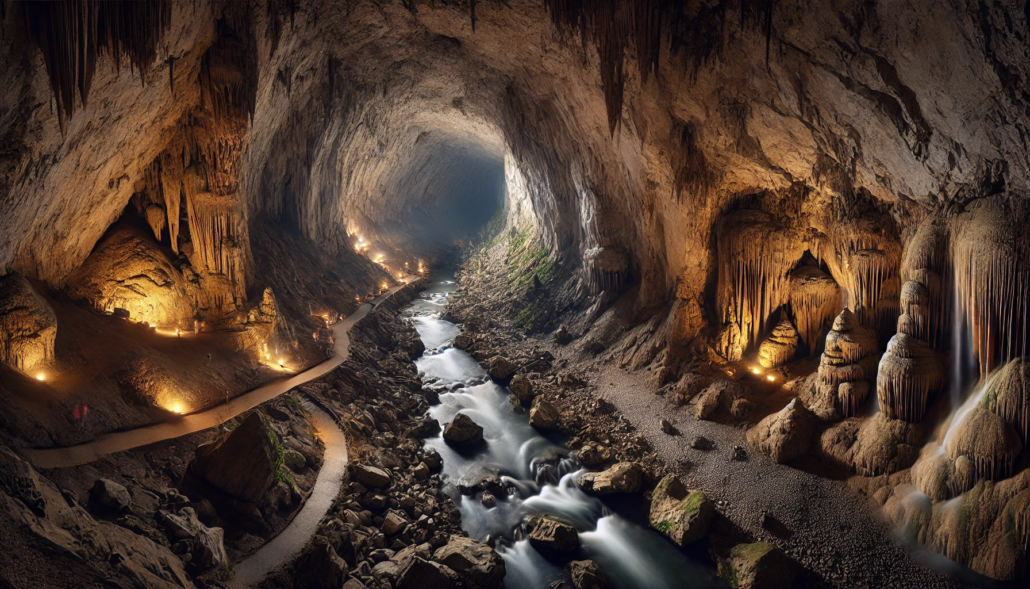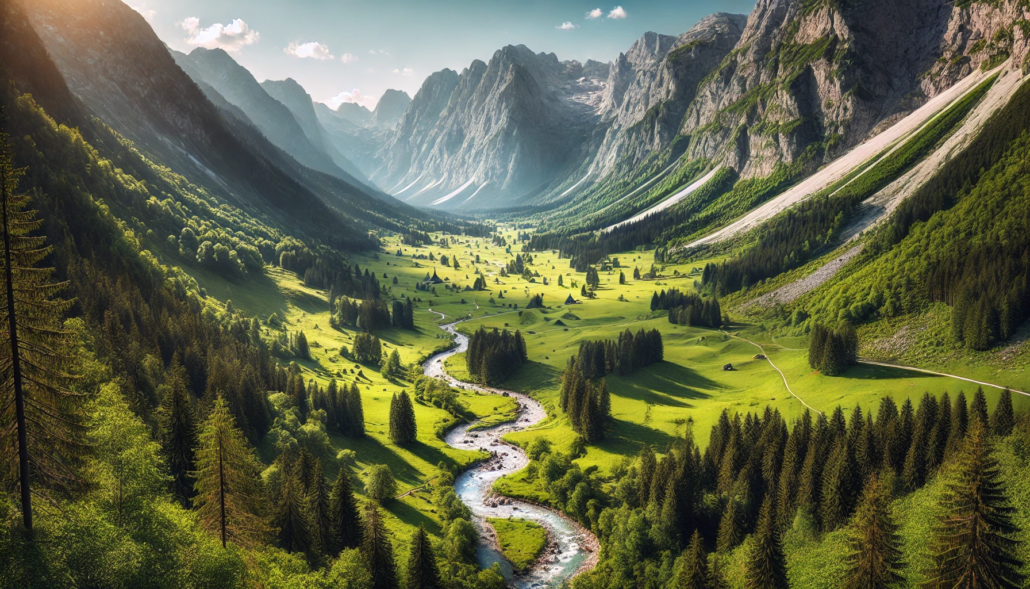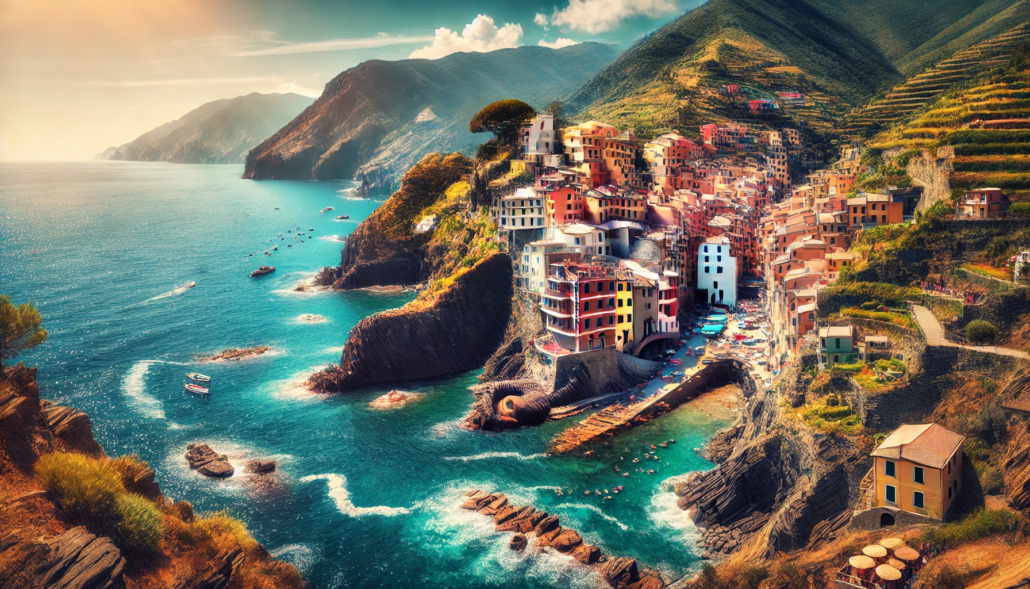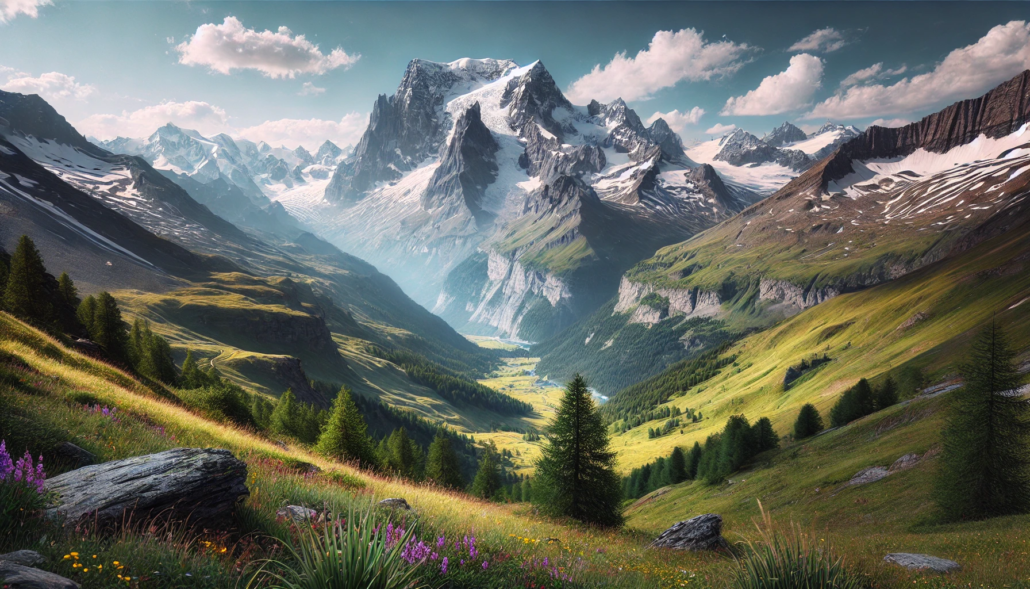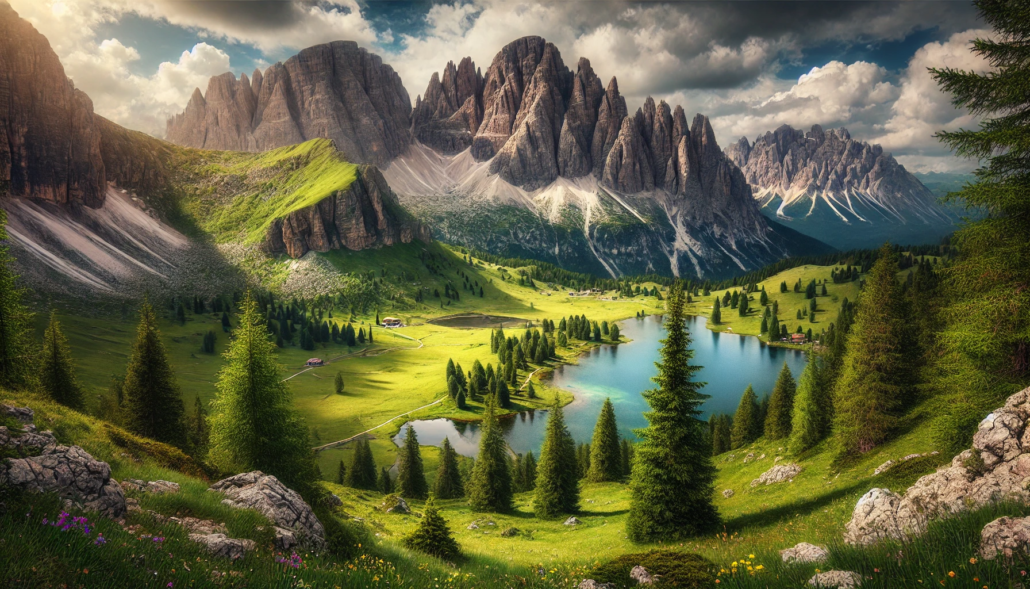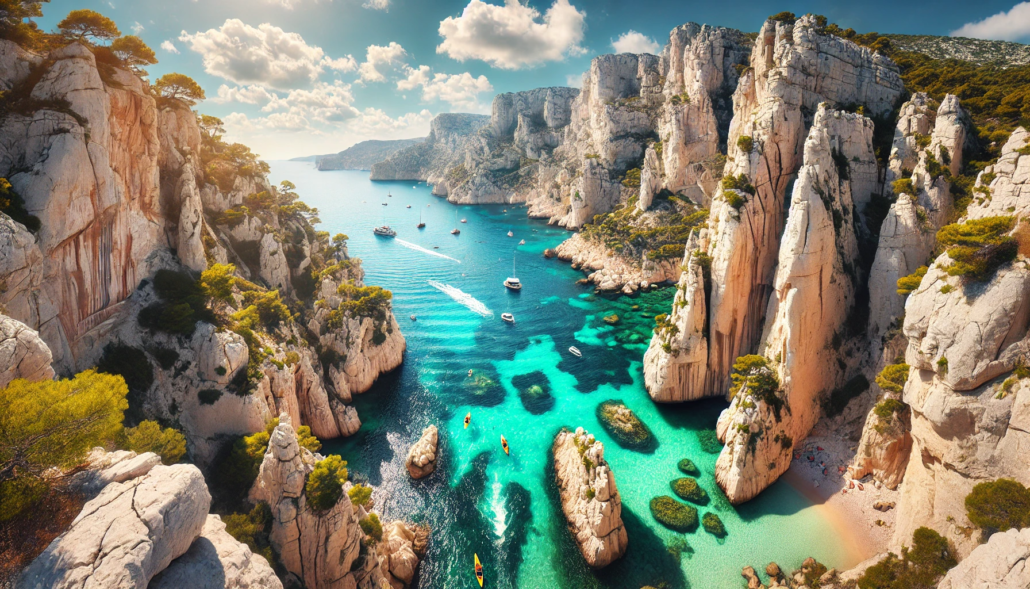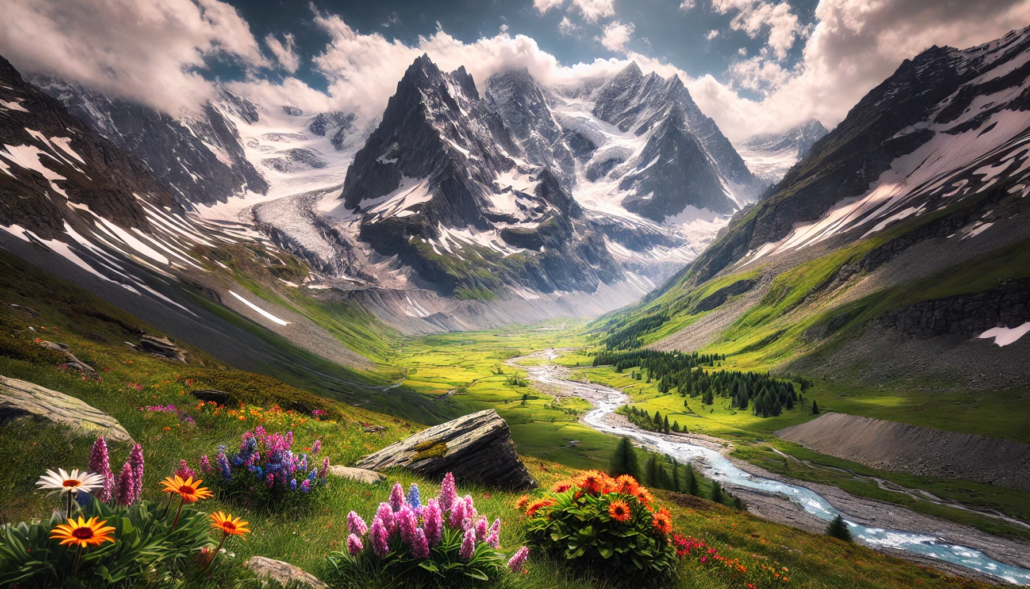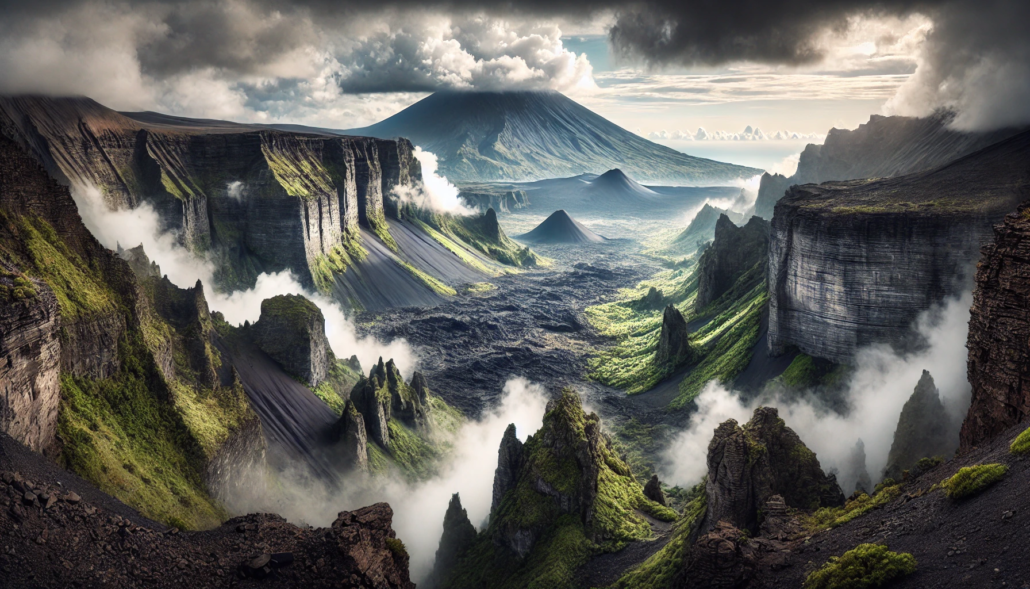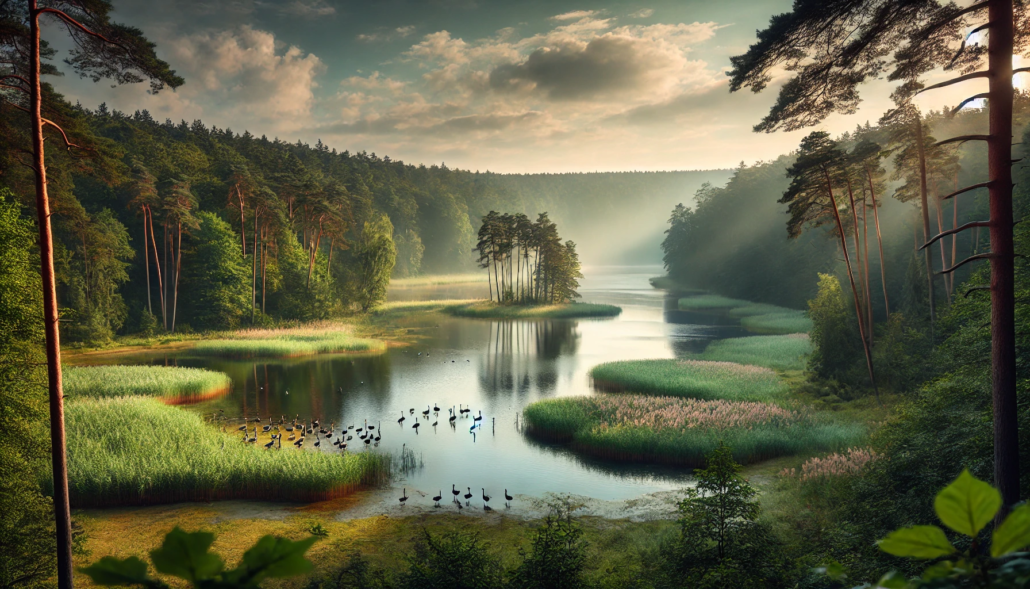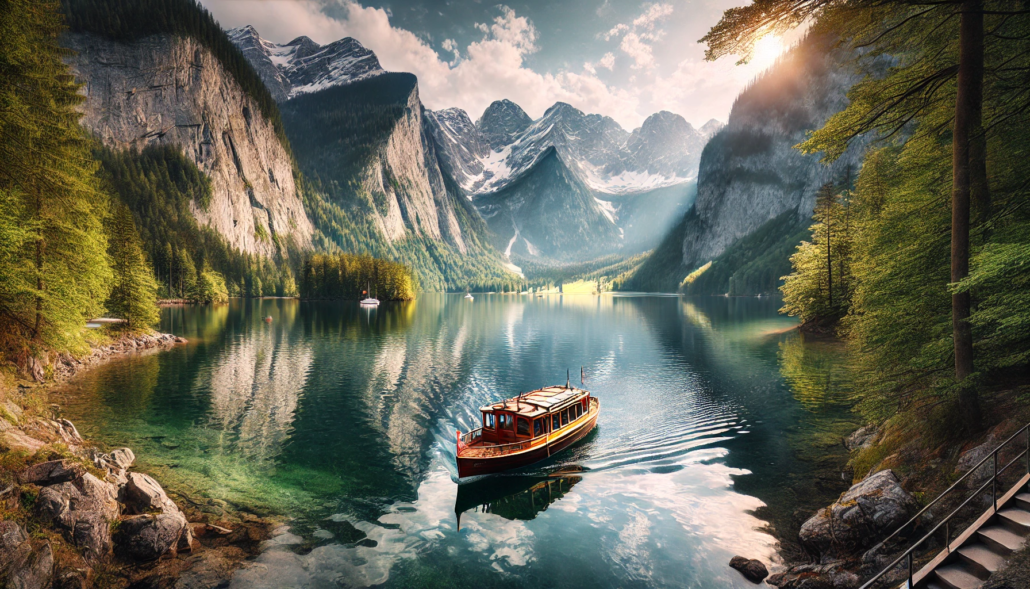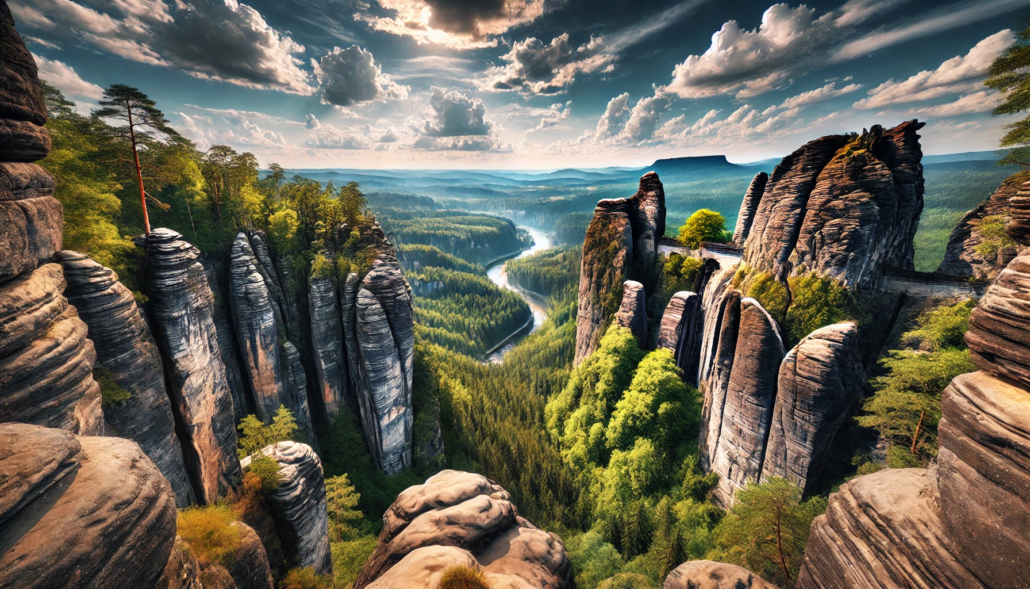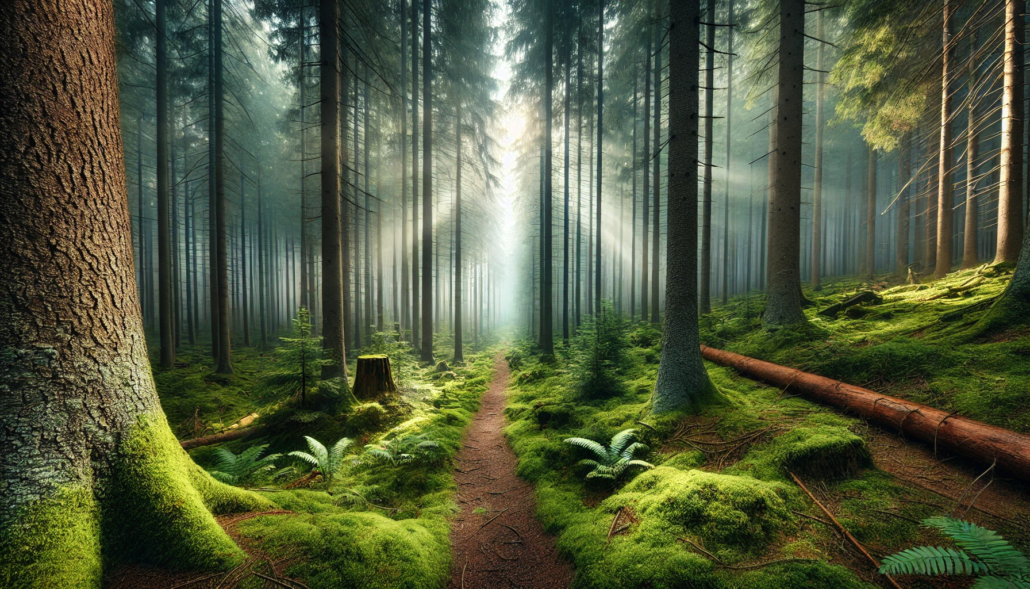Top 10 Tips for Visiting Norway’s National Parks
Here’s a detailed list of Norway’s top national parks, highlighting their unique landscapes, best times to visit, and the activities each park offers.
1. Jotunheimen National Park
- Location: Southern Norway
- Highlights: Norway’s highest peaks (Galdhøpiggen and Glittertind), glaciers, and alpine lakes.
- Best Time to Visit: Summer (June to August) for hiking and mountaineering; winter (December to March) for skiing.
- Activities: Hiking, mountaineering, glacier hiking, skiing, and camping.
- Overview: Known as the “Home of the Giants,” Jotunheimen is famous for its high mountains and challenging trails. It’s a paradise for adventurers and climbers, offering some of the most breathtaking scenery in Norway.
2. Hardangervidda National Park
- Location: Central Norway
- Highlights: Largest mountain plateau in Europe, rich wildlife (including wild reindeer), and glacial landscapes.
- Best Time to Visit: Year-round, but summer (June to September) is ideal for hiking and fishing.
- Activities: Hiking, fishing, skiing, and wildlife spotting.
- Overview: Hardangervidda is Europe’s largest mountain plateau, offering vast open spaces and a network of hiking and skiing trails. It’s one of the best places to see wild reindeer and enjoy solitude in Norway’s highlands.
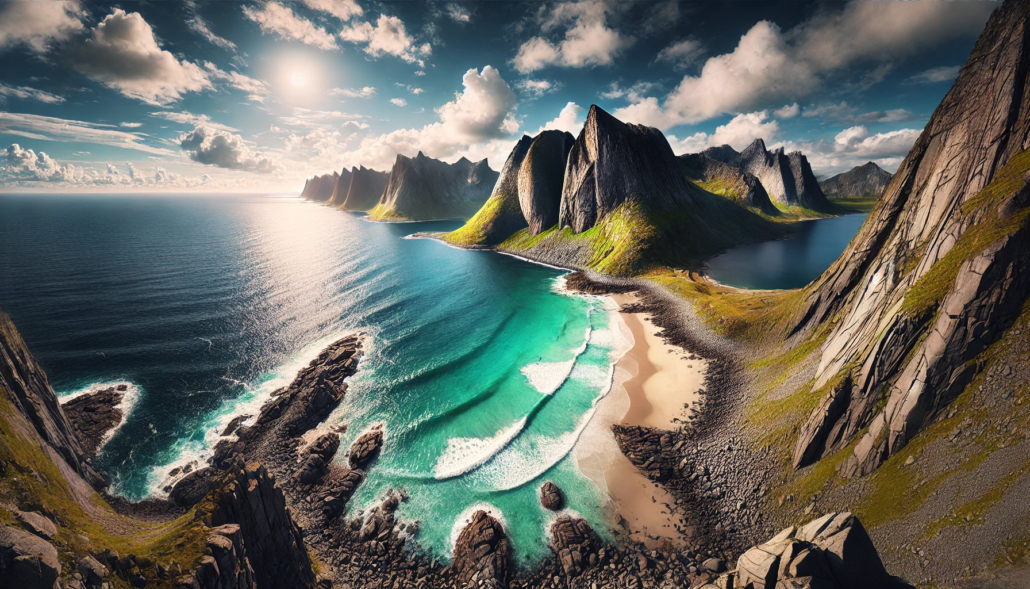
3. Rondane National Park
- Location: Eastern Norway
- Highlights: High-altitude landscapes, wild reindeer, and scenic mountain trails.
- Best Time to Visit: Summer (June to August) for hiking; autumn (September to October) for fall colors.
- Activities: Hiking, birdwatching, and photography.
- Overview: Rondane is Norway’s oldest national park, known for its mountainous terrain and vast wilderness. It’s ideal for hiking and offers beautiful views of the surrounding peaks and valleys.
4. Dovrefjell-Sunndalsfjella National Park
- Location: Central Norway
- Highlights: Musk oxen herds, dramatic mountain landscapes, and lush valleys.
- Best Time to Visit: Summer (June to September) for hiking and wildlife viewing; winter (December to March) for skiing.
- Activities: Hiking, wildlife watching (musk oxen), and skiing.
- Overview: Dovrefjell-Sunndalsfjella is famous for its musk oxen population and stunning mountain scenery. It’s one of the few places in Europe where you can see musk oxen in the wild.
5. Jostedalsbreen National Park
- Location: Western Norway
- Highlights: Jostedalsbreen glacier (Europe’s largest glacier), fjords, and waterfalls.
- Best Time to Visit: Summer (June to August) for glacier hikes and scenic drives.
- Activities: Glacier hiking, photography, kayaking, and scenic tours.
- Overview: Jostedalsbreen is home to Europe’s largest glacier, making it a unique destination for glacier tours and exploring Norway’s fjord landscapes. It offers various trails and viewpoints to witness breathtaking ice formations.
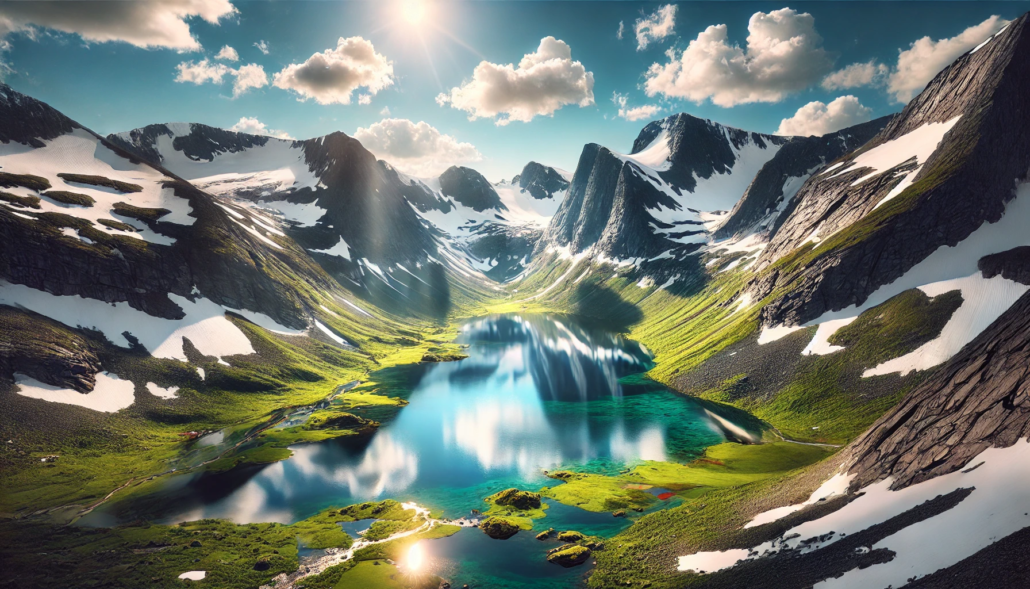
6. Saltfjellet-Svartisen National Park
- Location: Northern Norway
- Highlights: Svartisen glacier, alpine tundra, Arctic wildlife, and mountain peaks.
- Best Time to Visit: Summer (June to August) for hiking and glacier tours.
- Activities: Hiking, glacier walking, fishing, and photography.
- Overview: Known for the impressive Svartisen glacier, Saltfjellet-Svartisen National Park combines alpine landscapes and Arctic ecosystems, providing a great place to experience Norway’s wild, northern nature.
7. Lofotodden National Park
- Location: Lofoten Islands, Northern Norway
- Highlights: Coastal cliffs, sandy beaches, fishing villages, and fjords.
- Best Time to Visit: Summer (June to August) for hiking and fishing.
- Activities: Hiking, fishing, beachcombing, and photography.
- Overview: Lofotodden features dramatic coastal cliffs, scenic beaches, and traditional fishing villages. It’s perfect for photography, coastal hikes, and exploring the rugged beauty of the Lofoten archipelago.
8. Femundsmarka National Park
- Location: Eastern Norway
- Highlights: Pristine wilderness, lakes, and boreal forests.
- Best Time to Visit: Summer (June to August) for canoeing and fishing; autumn (September) for hiking.
- Activities: Canoeing, fishing, hiking, and camping.
- Overview: Femundsmarka is an unspoiled wilderness with a network of lakes and rivers, offering excellent opportunities for canoeing, fishing, and multi-day hikes in a secluded natural setting.
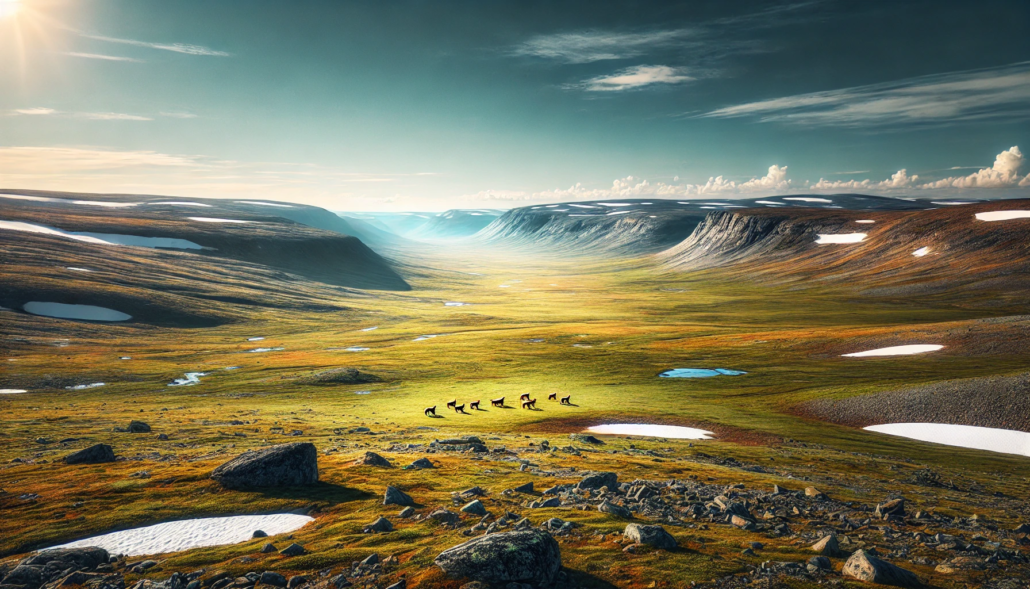
9. Sør-Spitsbergen National Park
- Location: Svalbard, Arctic Norway
- Highlights: Polar landscapes, glaciers, polar bears, and Arctic wildlife.
- Best Time to Visit: Summer (June to August) for wildlife tours; winter for Northern Lights.
- Activities: Wildlife tours, glacier cruises, Northern Lights viewing, and snowmobiling.
- Overview: Sør-Spitsbergen is an Arctic wilderness with polar bears, walruses, and breathtaking glaciers. It’s a bucket-list destination for those looking to explore Svalbard’s extreme landscapes and Arctic wildlife.
10. Børgefjell National Park
- Location: Northern Norway
- Highlights: Remote wilderness, rivers, and waterfalls, with rare Arctic flora and fauna.
- Best Time to Visit: Summer (June to August) and early autumn (September).
- Activities: Hiking, fishing, wildlife spotting, and camping.
- Overview: Børgefjell is a remote and wild national park known for its rugged beauty and diverse wildlife. It’s a fantastic spot for experienced hikers and nature lovers seeking solitude.
Summary Table: Norway’s National Parks
| National Park | Location | Highlights | Best Time to Visit | Activities |
|---|---|---|---|---|
| Jotunheimen | Southern Norway | Norway’s highest peaks, glaciers | Summer for hiking, winter for skiing | Hiking, mountaineering, skiing |
| Hardangervidda | Central Norway | Largest mountain plateau, wild reindeer | Year-round, best in summer | Hiking, fishing, skiing |
| Rondane | Eastern Norway | High-altitude landscapes, reindeer | Summer and autumn | Hiking, birdwatching |
| Dovrefjell-Sunndalsfjella | Central Norway | Musk oxen, mountain scenery | Summer for hiking, winter for skiing | Hiking, wildlife watching |
| Jostedalsbreen | Western Norway | Jostedalsbreen glacier, fjords | Summer | Glacier hiking, photography |
| Saltfjellet-Svartisen | Northern Norway | Svartisen glacier, Arctic wildlife | Summer | Hiking, glacier tours |
| Lofotodden | Lofoten Islands, Northern Norway | Coastal cliffs, beaches, fishing villages | Summer | Hiking, fishing, photography |
| Femundsmarka | Eastern Norway | Pristine lakes, boreal forests | Summer and autumn | Canoeing, fishing, hiking |
| Sør-Spitsbergen | Svalbard | Arctic landscapes, polar bears, glaciers | Summer | Wildlife tours, glacier cruises |
| Børgefjell | Northern Norway | Remote wilderness, rivers, Arctic flora and fauna | Summer and early autumn | Hiking, fishing, wildlife spotting |
From towering glaciers and mountain peaks to rugged coastlines and Arctic wildlife, Norway’s national parks offer some of the most awe-inspiring natural experiences in Europe. Whether you’re seeking thrilling hikes, serene canoe trips, or close encounters with Arctic animals, Norway’s parks are a perfect destination for nature lovers and outdoor enthusiasts.
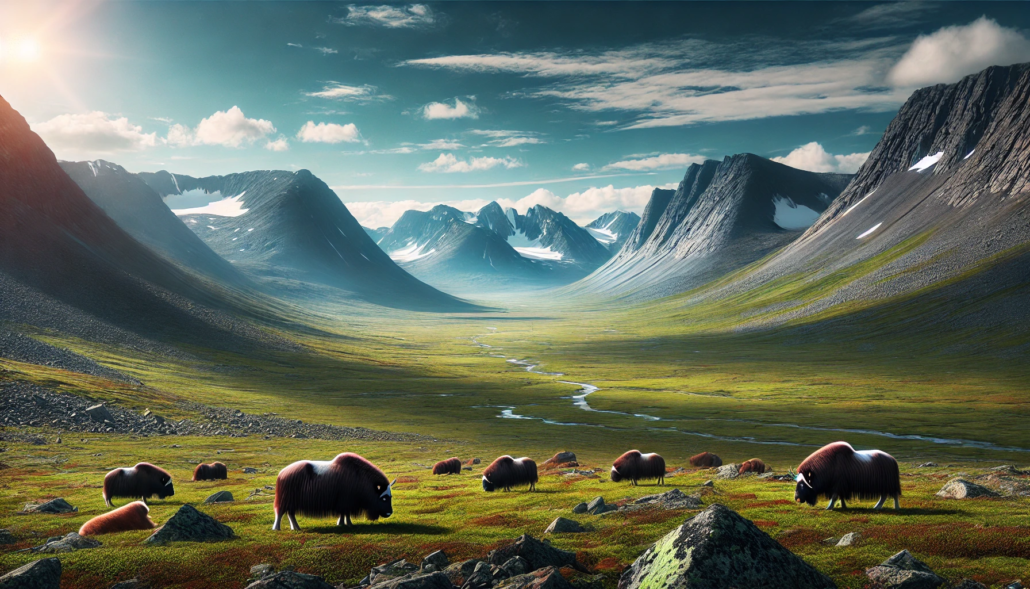
Top 10 Tips for Visiting Norway’s National Parks
Norway’s national parks are renowned for their spectacular natural landscapes, from towering fjords and glacial valleys to dense forests and Arctic wilderness. Here’s a guide to the country’s top parks, including essential tips, what to bring, seasonal advice, and the best ways to travel for an unforgettable experience in Norway’s pristine wilderness.
1. How to Prepare for Your Visit
- Research Entry Guidelines: Most Norwegian national parks are free to enter, but some areas may have seasonal restrictions or permits for specific activities like camping or fishing.
- Learn Leave No Trace Principles: Norway’s parks emphasize environmental preservation, so be mindful to follow Leave No Trace practices, especially in fragile ecosystems.
- Prepare for Remote Conditions: Norway’s parks are often remote with limited facilities. Bring everything you need, particularly for multi-day hikes or excursions in parks like Jotunheimen and Hardangervidda.
2. Best Ways to Travel to Norway’s National Parks
- Public Transport: Norway’s public transport is efficient and connects to many national parks. Trains and buses reach popular parks like Rondane and Jotunheimen, but remote areas may require additional planning.
- Driving: Renting a car allows flexibility, especially for parks like Dovrefjell and Hardangervidda. Norway’s scenic roads make for incredible road trips, and many parks are easily accessible by car.
- Ferries: For coastal parks such as Jostedalsbreen and islands like Lofotodden, ferry services provide access and offer scenic views en route.
3. What to Wear
- Layered Clothing: Norway’s weather changes rapidly, even in summer. Layered clothing will keep you comfortable, particularly in high-altitude parks like Jotunheimen and Dovrefjell.
- Waterproof Gear: Norway’s weather can be wet, especially in coastal areas like Jostedalsbreen. A waterproof jacket and pants are essential to stay dry.
- Sturdy Hiking Boots: Norway’s trails range from rocky mountain paths to wet, boggy terrain. Waterproof hiking boots are recommended for traction and comfort.
4. What to Bring
- Navigation Tools: Some areas lack cell reception, especially in remote parks like Saltfjellet-Svartisen. Bring a GPS device or detailed map.
- Reusable Water Bottle: Norway’s water is clean and safe to drink, so a reusable water bottle is all you need to stay hydrated.
- First Aid Kit: Carry a small first aid kit, especially for remote hiking areas where medical help may not be readily accessible.
5. What to Expect in Norway’s National Parks
- Diverse Landscapes: Norway’s parks range from dramatic fjords and glaciers to boreal forests and Arctic tundra, providing a variety of environments to explore.
- Wildlife: Norwegian parks are home to reindeer, musk oxen, eagles, and even Arctic foxes in some areas. Observe wildlife respectfully, especially larger animals like musk oxen in Dovrefjell.
- Mountain Huts and Cabins: Norway has a network of cabins and mountain huts managed by the Norwegian Trekking Association (DNT) in parks like Hardangervidda and Rondane. These can be booked in advance for overnight stays.
6. Seasonal Tips for Norway’s National Parks
- Spring (April – June): Spring brings mild weather, melting snow, and wildflowers. It’s ideal for lower-altitude parks like Jotunheimen and Dovrefjell.
- Summer (June – August): Summer is peak season with long days and milder temperatures, making it ideal for all parks, especially high-altitude ones. Expect more visitors in popular areas.
- Autumn (September – November): Fall offers stunning autumn colors and fewer crowds. Parks like Rondane and Hardangervidda are especially beautiful, with the chance to see Northern Lights as the season progresses.
- Winter (December – March): Many parks, such as Hardangervidda and Jotunheimen, are ideal for winter sports like cross-country skiing and snowshoeing. Snow cover may limit access in some areas.
7. Additional Tips for a Memorable Experience
- Start Early: Early morning visits offer quiet trails and incredible sunrise views in parks like Jotunheimen and Rondane.
- Respect Wildlife and Nature: Norway’s parks are protected areas with sensitive ecosystems. Always maintain a respectful distance from animals, particularly musk oxen and reindeer.
- Be Prepared for Weather Changes: Norway’s climate is unpredictable, especially in mountainous areas. Bring layers and check forecasts frequently.
- Bring a DNT Membership Card: Members of the Norwegian Trekking Association receive discounts on huts and cabins in the parks. Memberships can be purchased online or in local trekking offices.
8. Packing Checklist for Norway’s National Parks
| Essentials | Outdoor Gear | Optional Items |
|---|---|---|
| Reusable water bottle | Hiking boots | Binoculars |
| High-energy snacks | Waterproof jacket | Portable charger |
| Sunscreen | Map or GPS | Lightweight camera |
| Sunglasses and hat | Small first aid kit | Insect repellent |
| Layered clothing | Headlamp or flashlight | Trekking poles |
Norway’s National Parks Overview
| National Park | Location | Highlights | Best Time to Visit | Activities |
|---|---|---|---|---|
| Jotunheimen | Southern Norway | Norway’s highest peaks, glaciers | Summer for hiking, winter for skiing | Hiking, mountaineering, skiing |
| Hardangervidda | Central Norway | Largest mountain plateau in Europe, reindeer | Year-round, best in summer | Hiking, fishing, skiing |
| Rondane | Eastern Norway | High-altitude landscapes, wildlife, scenic trails | Summer and autumn | Hiking, birdwatching |
| Dovrefjell-Sunndalsfjella | Central Norway | Musk oxen, mountain scenery | Summer for hiking, winter for skiing | Hiking, wildlife viewing |
| Jostedalsbreen | Western Norway | Jostedalsbreen glacier, fjords | Summer | Glacier hiking, photography |
| Saltfjellet-Svartisen | Northern Norway | Svartisen glacier, Arctic wildlife | Summer | Hiking, glacier tours |
| Lofotodden | Lofoten Islands | Coastal cliffs, beaches, fishing villages | Summer | Hiking, fishing, photography |
| Femundsmarka | Eastern Norway | Untouched wilderness, lakes, rare wildlife | Summer and autumn | Canoeing, hiking, fishing |
| Sør-Spitsbergen | Svalbard | Arctic landscapes, polar bears, and glaciers | Summer | Wildlife tours, glacier cruises |
| Børgefjell | Northern Norway | Remote wilderness, waterfalls, and reindeer | Summer and autumn | Hiking, fishing, wildlife spotting |
Norway’s national parks are a nature lover’s paradise, offering everything from coastal cliffs and glaciers to mountainous wilderness and Arctic landscapes. Whether you’re into hiking, wildlife watching, or exploring rugged coastlines, these parks showcase the best of Norway’s untouched beauty.
